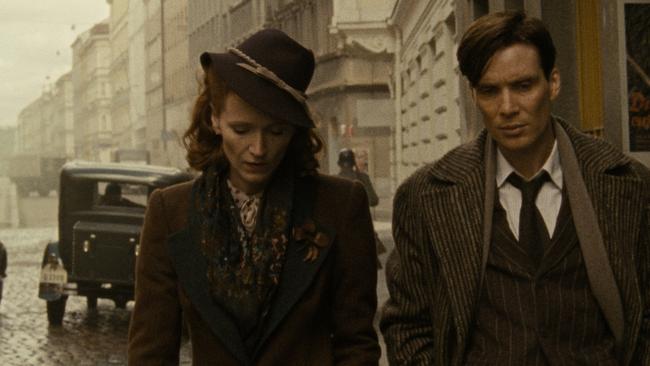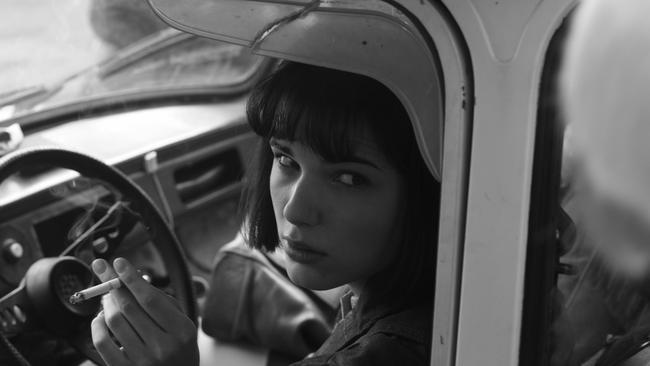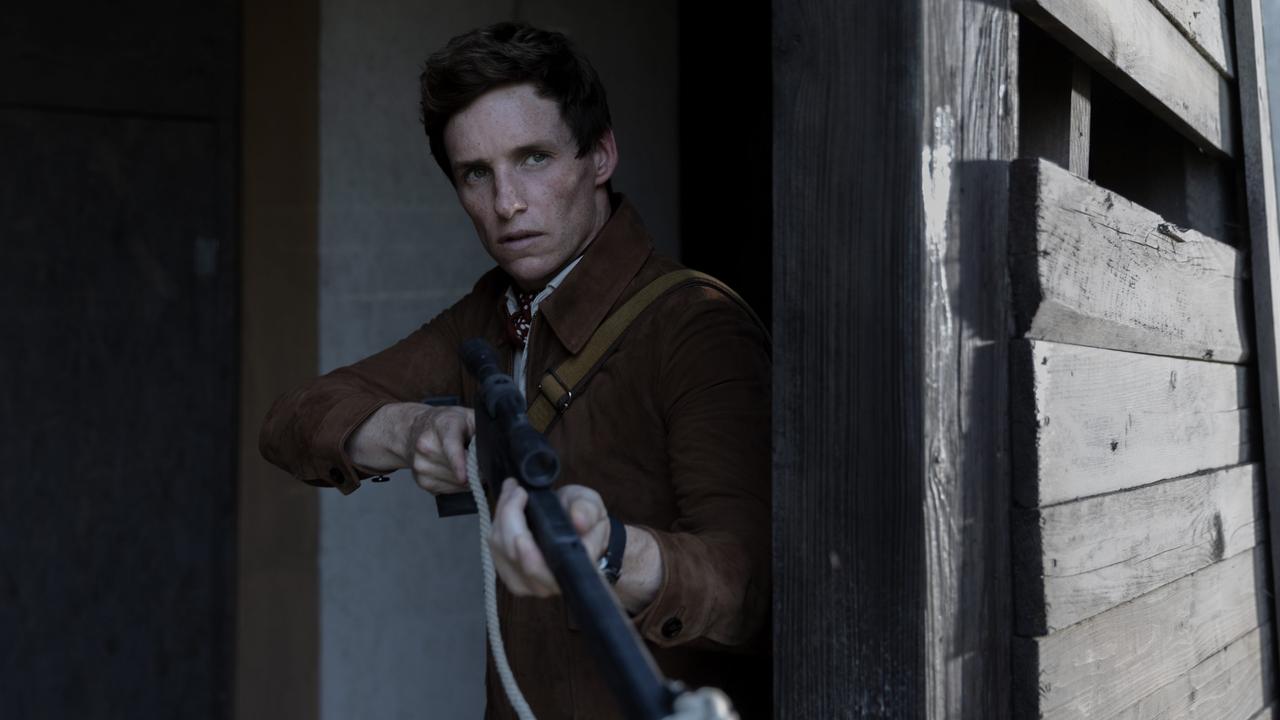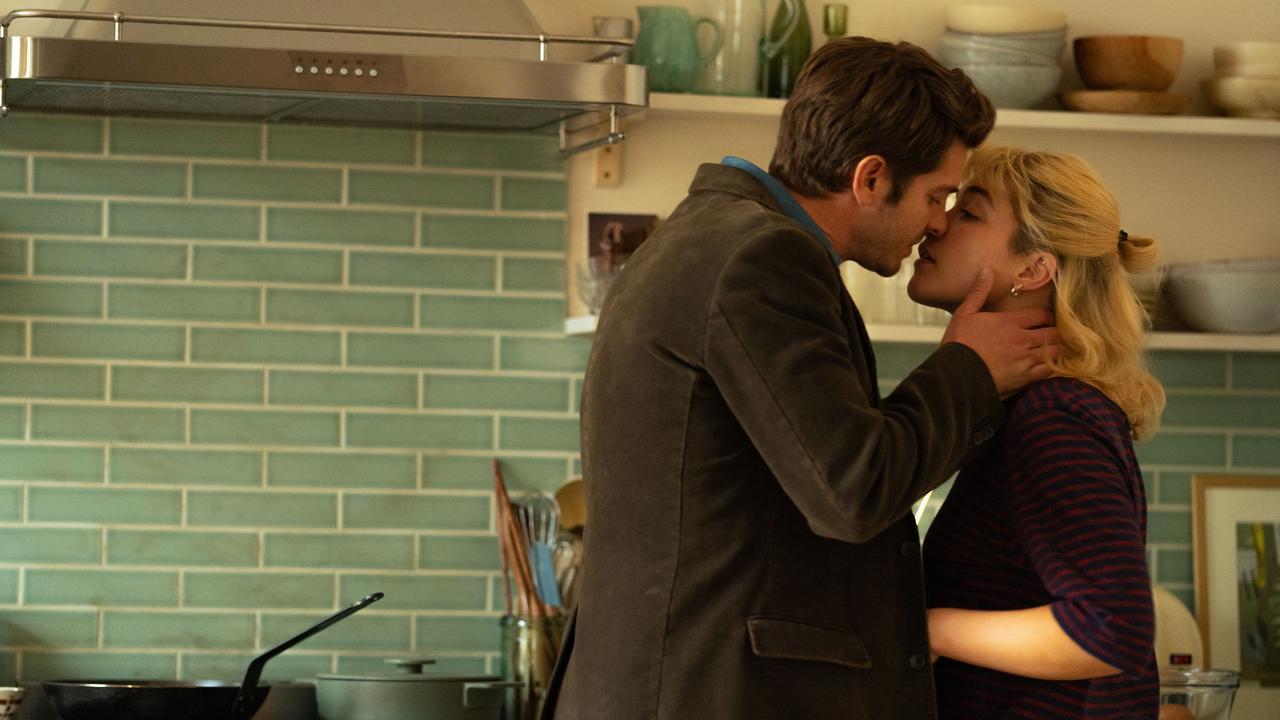From the east with love, film of fervour
An Australian’s passion for Czech and Slovak cinema delivers a unique film festival.

The Czech and Slovak Film Festival, now in its fifth year, began as a passion project by a group of Melbourne cinema enthusiasts who built it from scratch. It’s a testimony to dedication, imagination and commitment on a shoestring.
This year’s program includes a World War II assassination drama, a devastating character study, a contemporary conspiracy thriller and a romantic comedy set in a bookshop.
The closing night feature is Anthropoid,starring Cillian Murphy and Jamie Dornan. The film, directed and co-written by Sean Ellis, is an English-language feature, a Czech co-production with France and England that takes its title from the codename for a World War II plot to assassinate Reinhard Heydrich, Nazi “protector” of Bohemia and Moravia.
Murphy and Dornan play locals sent by the Czech government in exile to carry out a mission that isn’t necessarily supported by members of the local Resistance.
The film builds to a tense climax, an extended set piece in which Murphy, Dornan and their fellow agents make their last stand.

I, Olga Hepnarova is based on true events of a very different kind. The title character, played by Polish actress Michalina Olszanska, was the last woman to be executed in Czechoslovakia in 1973. The black-and-white film, written and co-directed by Petr Kazda and Tomas Weinreb, is a bleak, austere and accomplished work, a relentless character study of a traumatised young woman who carried out a mass killing on the streets of Prague.
Pleading guilty, she asked for the death sentence. It is a tour de force by Olszanska, on screen for the length of the film.
CaSFFA’s artistic director Cerise Howard is a driving force behind the festival. Her interest began at university, when she became fascinated by films from that part of the world, particularly the work of Czech animator Jan Svankmajer.
In 2008 she attended an animation festival in the town of Trebon. After her second visit, she began learning Czech. As she became increasingly aware of the region’s cinema culture, the idea of organising a film festival began to take shape.
With friends, as well as contacts made through her Czech studies, a core group was formed. They had the bare bones of a committee, enough to incorporate as a not-for-profit organisation. In 2013, the first festival took place. They had support from the Czech and Slovak consulates, and have built partnerships with cultural organisations and sponsors.
The cinema of the region, Howard says, is in a healthy state. Domestic audiences flock to their local cinema. “Czech and Slovak industries work together a lot,” Howard says. “There are a lot of shared projects and co-productions, as well as films made in just the one country.”
Characteristically, in these films, “no matter what regime has been in power in the 20th and 21st century, there has always been a certain dark sense of humour and embrace of absurdity, and also a critique of bureaucracy and bad forms of governance. Comedies will always be popular, but there are different strands — we tend not to bring the mainstream strands unless they are quite exceptional.”
It’s not always easy to find subtitled Czech and Slovak films for home viewing. And in Australia, the festival is often the only place where people can see these films in cinemas; they generally aren’t picked up by local distributors. An acclaimed Czech film called The Teacher, directed by Jan Hrebejk, has been picked up by Palace for November release, but this is an exception.
At CaSFFA, there has always been an organising theme to help contextualise choices — this year, it’s “neighbours”.
There has always been a mixture of classics and new movies in the program. A partnership with Melbourne Cinematheque was established at the outset, so some of the programming has been shared. This year, CaSFFA organised a sidebar event featuring a retrospective of films from Hungarian director Zoltan Fabri, whose centenary is being celebrated this year.
The festival has a presence outside the cinema, with a selection of family-friendly animated shorts showing on a big outdoor screen at Federation Square, where the Australian Centre for the Moving Image is located.
CaSFFA began in Melbourne but has expanded to Canberra and had a presence in Brisbane this year. Its venues, ACMI in Melbourne and the National Film and Sound Archive in Canberra, are affiliated with the International Federation of Film Archives, and that helps to make overseas archives confident when it comes to lending prints, Howard says.
There are occasions when CaSFFA has to be inventive with what archives can offer, however. “Sometimes they’ve had a beautiful print but no subtitles,” Howard says, “so we’ve had to do them ourselves, or adapt existing titles from a long-ago DVD release and re-synchronise them with either an analog or a digital print.”
CaSFFA is in Melbourne until Saturday and in Canberra from October 11 to 14.


